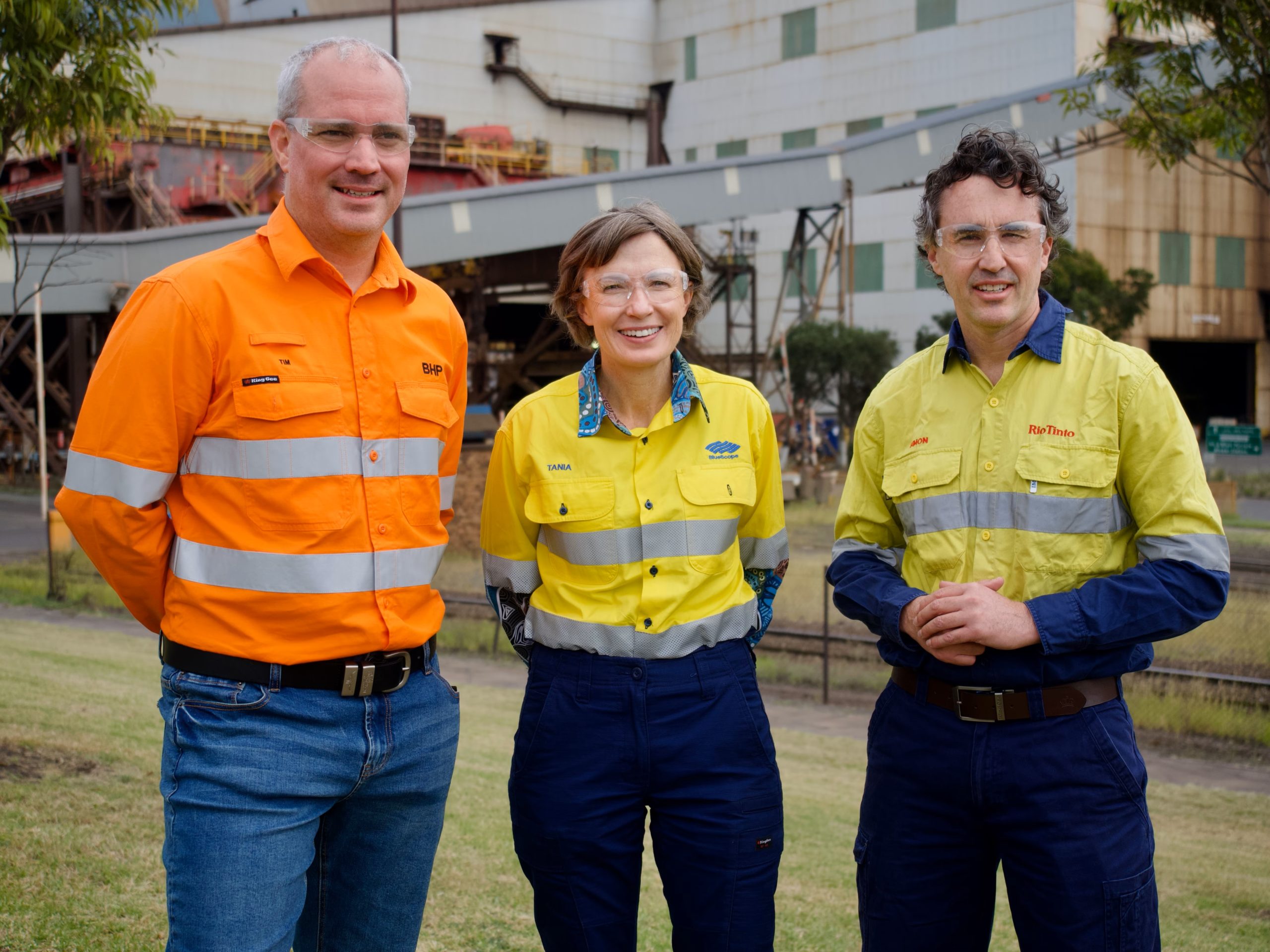Sign up for daily news updates from CleanTechnica on email. Or follow us on Google News!
The upcoming COP28 climate conference has suddenly blown up in a wave of scandal, but the energy transition marches on. Exhibit A is the idea of shading irrigation canals with solar panels for a planet-saving win-win-win. The cooling effect of the water improves solar conversion efficiency, the shade prevents excess water loss from evaporation, and the use of built infrastructure preserves land from development. What’s not to like?
Water Saving Solar Panels On Canals In California
The idea of water-saving solar panels on canals first surfaced in India back in 2012. More recently it crossed the CleanTechnica radar in February of 2022 when a collaborative public-private PV collaboration called Project Nexus began taking shape in California, using a canal in the state’s Turlock Irrigation District as a proving ground.
Don’t get too excited just yet. Plastering solar panels over canals is not as simple as it may seem. Anti-corrosion measures, additional installation expenses, and a specially trained workforce are among the complicating factors. Nexus is a relatively small project meant to test new systems, beginning with a total of 8,500 feet of solar panels distributed among three sections of a canal.
“Project Nexus will serve as a Proof of Concept to pilot and further study solar over canal design, deployment, and co-benefits on behalf of the State of California using TID infrastructure and electrical grid access,” Turlock explains.
The project also includes a battery storage element. In addition to securing local communities against grid disruptions, the system could demonstrate how local renewable energy storage can alleviate the need for new transmission lines.
Water Saving Solar Panels On Canals Everywhere
The potential for a game-changing shift in the water-energy nexus already suggests that wider application is in store.
“Project Nexus’s feasibility study estimates that installing solar canals where possible in California could save 63 billion gallons of water annually—enough water to cover the residential needs of 2 million people for a year,” explains Isabella Millet, writing for the nonpartisan non-profit organization Environmental and Energy Study Institute.
As Millet points out, the cooling effect of the water is also expected to improve the solar conversion efficiency of the solar panels, while the shade will help prevent toxic algae blooms.
As with the emerging field of agrivoltaics, canal-plus-solar systems would enable agricultural communities to harvest solar energy while preserving land for farming.
The land conservation angle is a significant benefit for canal-rich states like California. As described by Millet, California harvest up to 13 gigawatts of zero emission electricity from solar panels on its existing canals, without impinging on land for fields, forests, or for that matter, fulfillment centers.
The energy part of the water-energy nexus is also a noteworthy angle in states with far-flung water distribution networks that require pumps and other energy inputs. In California, for example, water system activities alone account for 12% of the total energy consumption in the state.
“California’s natural water distribution does not align with the location of its household or agricultural users, so the state spends enormous amounts of electricity pumping water across vast distances,” Millet notes. “Solar canals provide a solution that would use the same infrastructure to offset this electricity consumption.”
Solar Panels On Canals In Arizona
Project Nexus is billing itself as the first-ever example of solar panels on a canal in the US, with ground-breaking initially scheduled to begin this fall and completion expected next year.
CleanTechnica is reaching out to Turlock for an update on that. In the meantime, they better get going if they want to keep that first-in-the-nation title. The Gila River Indian Community in Arizona has been working on a plan to place solar panels on a canal, and they are claiming the first-in-the-nation trophy.
“Gila River Indian Community and the U.S. Army Corps of Engineers signed a Project Partnership Agreement to begin construction on Phase I of the Pima-Maricopa Irrigation Project Renewal Energy Pilot Project,” GRIC explained in a press release on November 9.
As with Nexus, the GRIC project is a pilot meant to demonstrate the feasibility of placing solar panels on a canal. Phase 1 involves a 1-megawatt installation over approximately 1,000 feet of canal, with completion expected in 2025.
If all goes according to plan, the solar panel project could sprawl for 150 miles over the GRIC canal system, described as “one of the most comprehensive irrigation systems in the State.”
“The Community has already begun feasibility and design efforts for Phase Il of its overall plan for the project, with funding being provided in part by the Bonneville Environmental Fund, once again demonstrating the broad support for this innovative approach to addressing the drought crisis, while attacking the root cause of the crisis with renewable energy to move toward a new ‘Blue-Green Tribal Agricultural Economy,’” GRIC notes.
The project brings the Arizona water system full circle from its origins approximately 1,400 years ago, when ancient indigenous communities farmed the land with the help of massive canals.
We Don’t Talk About COP28
As for COP28, much has been made of the fact that the world’s premier global climate conference will be held in a top oil-producing state this year. That’s not particularly scandalous. With the notable exception of ExxonMobil, leading global oil and gas stakeholders have begun applying their skill sets, supply chain resources and other assets — including their investor dollars — to develop new wind and solar resources.
For the record, the US is among those top oil and gas stakeholders. Also included is the United Arab Emirates, which is hosting COP28 this year (by way of context, CleanTechnica has covered concentrating solar power projects and other renewable energy initiatives in the UAE, along with innumerable projects in the US and elsewhere).
If you’re wondering how UAE got tapped as host, that’s a good question. COP stands for Conference of the Parties, referring to the 197 nations and jurisdictions that participate. COP28 is the latest in a series of international talks on limiting carbon emissions, organized under the 1994 United Nations Framework Convention on Climate Change.
According to standard practice, the host of each COP event is selected by rotation among five regional groups. The host also gets to designate a president to lead the conference, and that’s where things get interesting.
This year the host selection duties fell to the Asia-Pacific group, which selected UAE after it reportedly made an unopposed bid for the honor. If you have any other insights into how that came about, drop us a note in the comment thread.
The UAE then designated the CEO of the leading state-owned oil and gas producer ADNOC (the Abu Dhabi National Oil Company) to serve as president for the conference. As with other leading oil producers, ADNOC has begun investing in renewable energy projects. Nevertheless, the appointment sparked a fresh uproar among critics who were already casting a dark eye upon the selection of UAE as host.
The uproar reached fever peak earlier this week when the BBC, working with the Centre for Climate Reporting, accused UAE of lobbying for its oil business under the pretext of pre-COP meetings.
That should make things interesting as COP28 gets under way on November 30. In the meantime, keep an eye open for more news about solar panels on canals.
Follow me @tinamcasey on Bluesky, Threads, Post, and LinkedIn.
Image: Project Nexus will place solar panels on a canal in California (courtesy of Turlock Irrigation District).
Have a tip for CleanTechnica? Want to advertise? Want to suggest a guest for our CleanTech Talk podcast? Contact us here.
I don’t like paywalls. You don’t like paywalls. Who likes paywalls? Here at CleanTechnica, we implemented a limited paywall for a while, but it always felt wrong — and it was always tough to decide what we should put behind there. In theory, your most exclusive and best content goes behind a paywall. But then fewer people read it!! So, we’ve decided to completely nix paywalls here at CleanTechnica. But…
Thank you!
CleanTechnica uses affiliate links. See our policy here.




